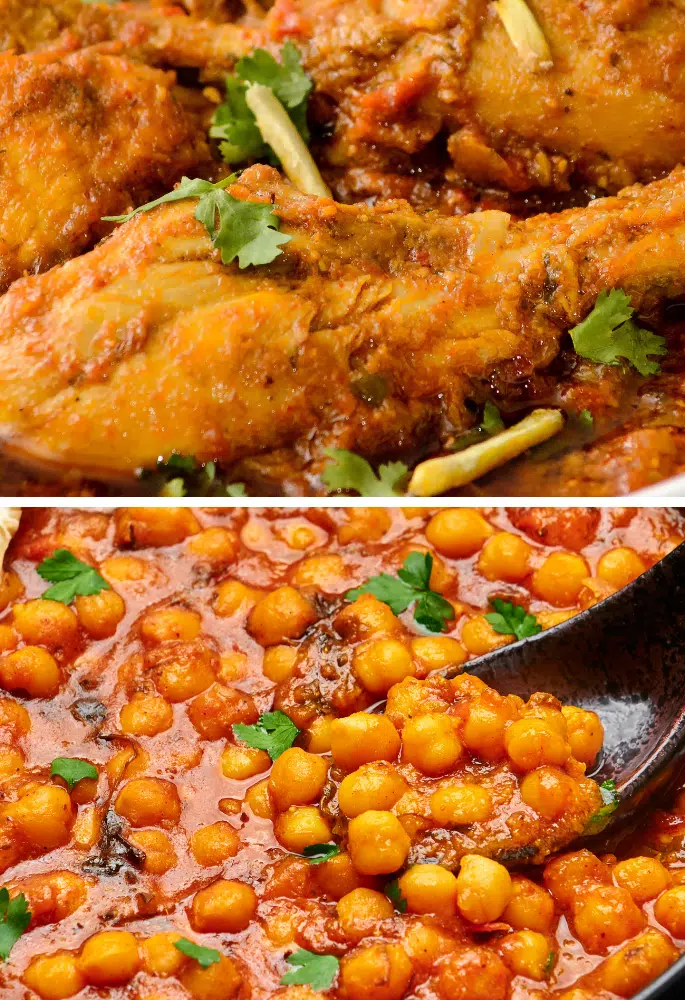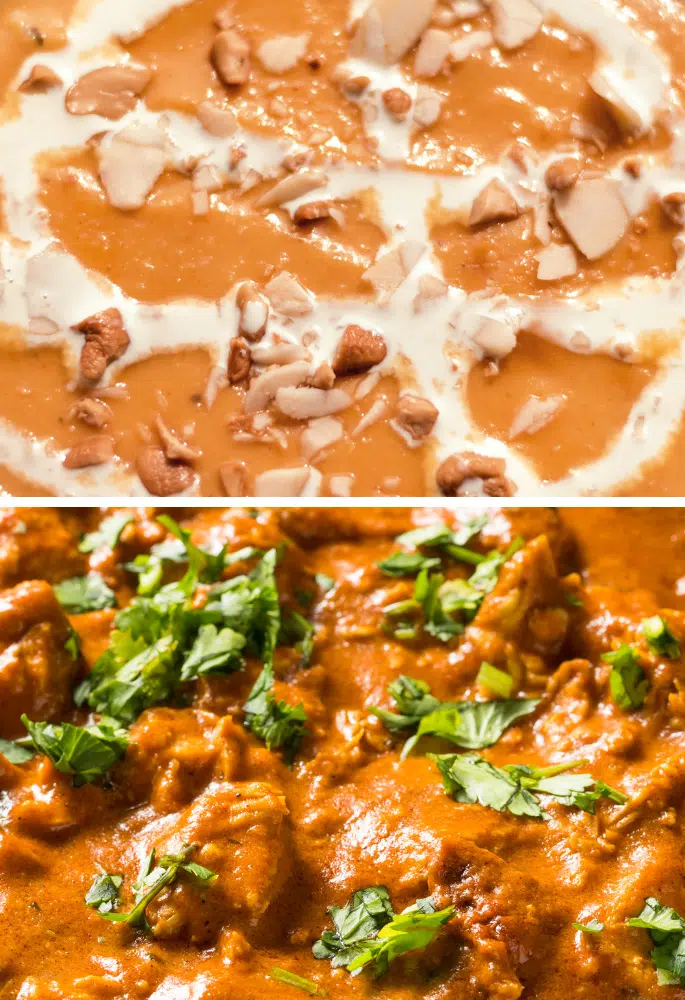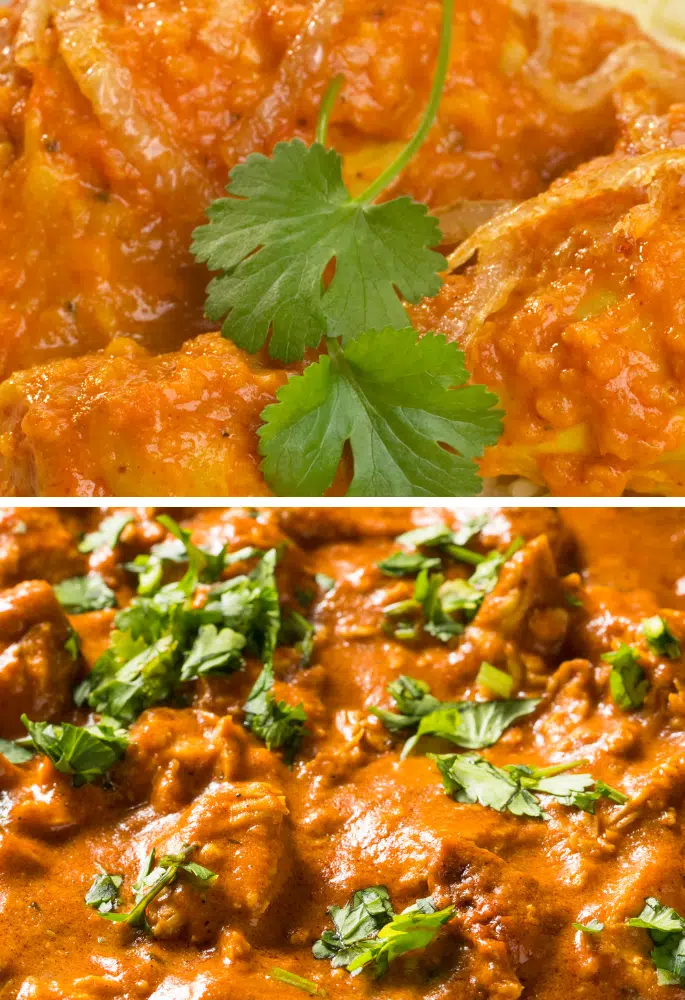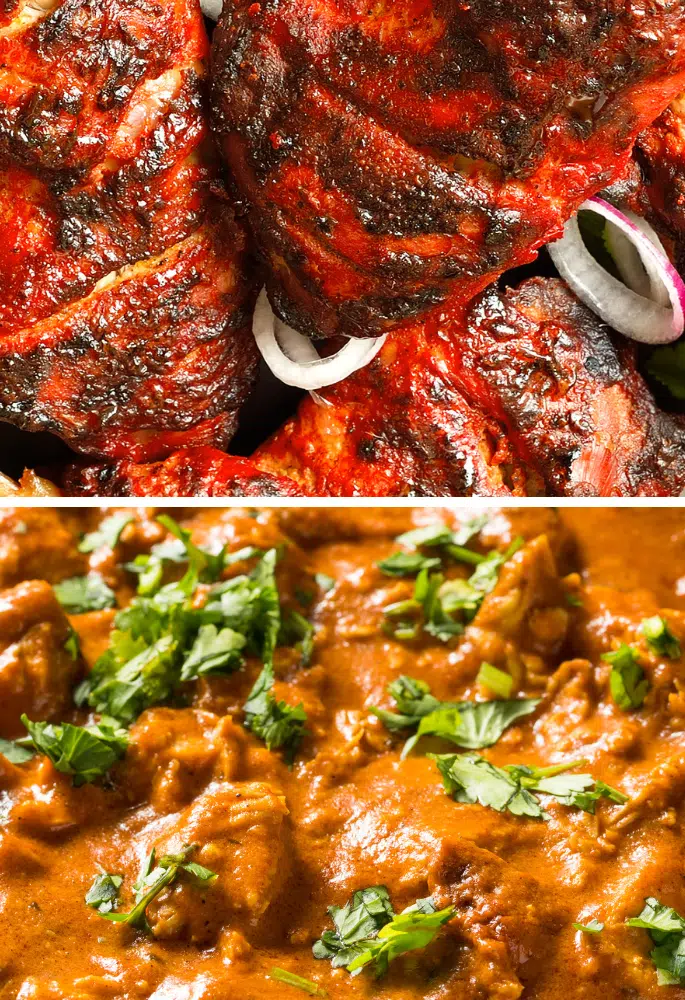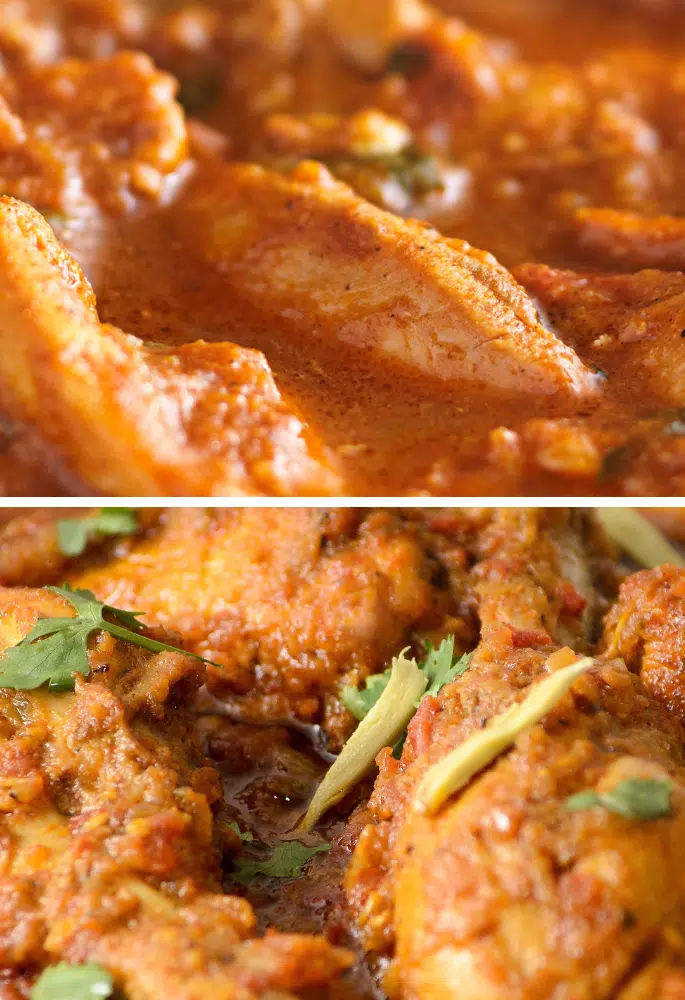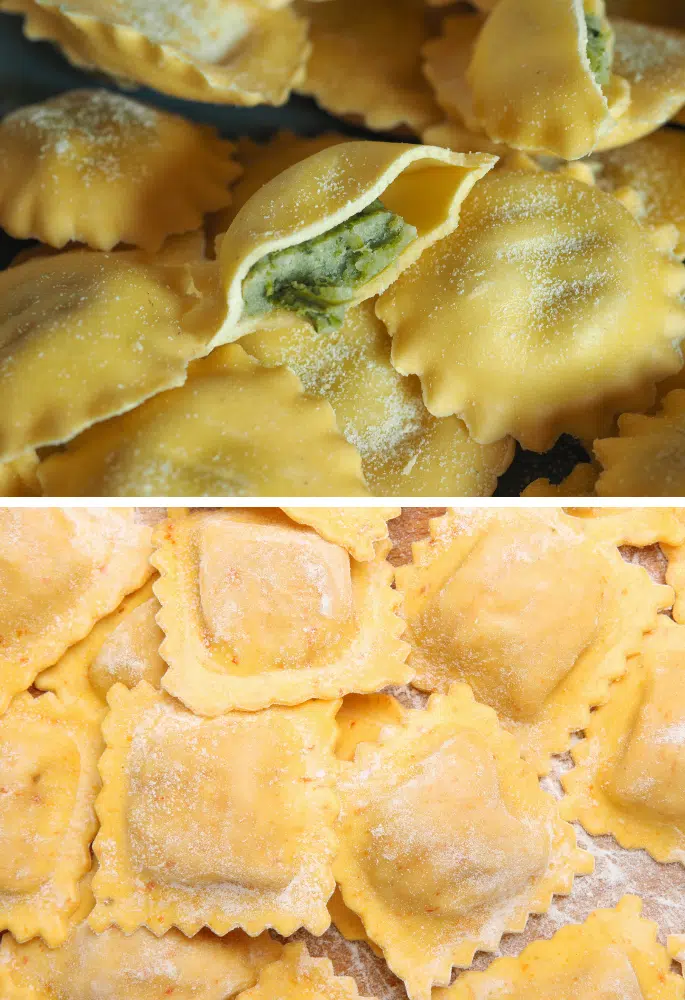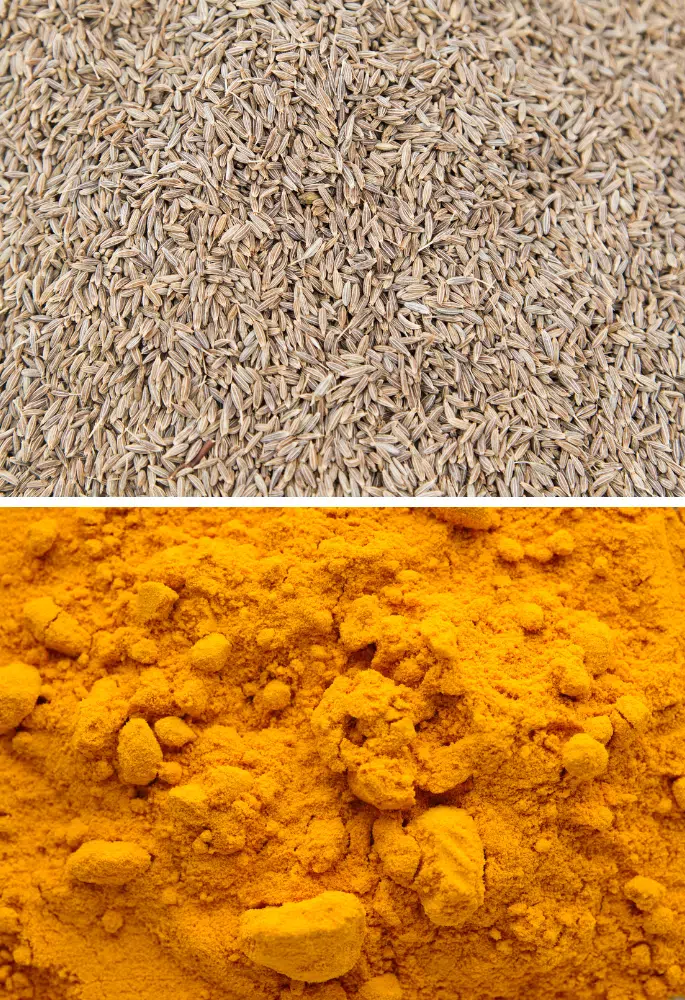Asian cuisine is full of delicious dishes finished with a whole range of unique sauces. But it is hoisin and teriyaki sauces that are arguably the most well-known in the western world.
Some think that the sauces are substitutable, but that is not the case. Just like anything else, hoisin and teriyaki sauces have their own unique uses.
Though soybeans are used as the base ingredient for both hoisin and teriyaki sauces, they are used in different ways. Hoisin sauce uses fermented soybean paste, while teriyaki uses regular soy sauce, which is more diluted.
What is Hoisin Sauce?
In some places worldwide, hoisin sauce is referred to as Chinese BBQ sauce, and for good reason. The sauce is a key traditional Chinese sauce, but it is also found in some Vietnamese dishes.
Hoisin sauce uses a base of fermented soybean paste.
It is this paste that makes hoisin sauce so thick and dark. Other liquid ingredients are added to the sauce, such as sesame oil and vinegar, but not enough to thin the sauce too much.
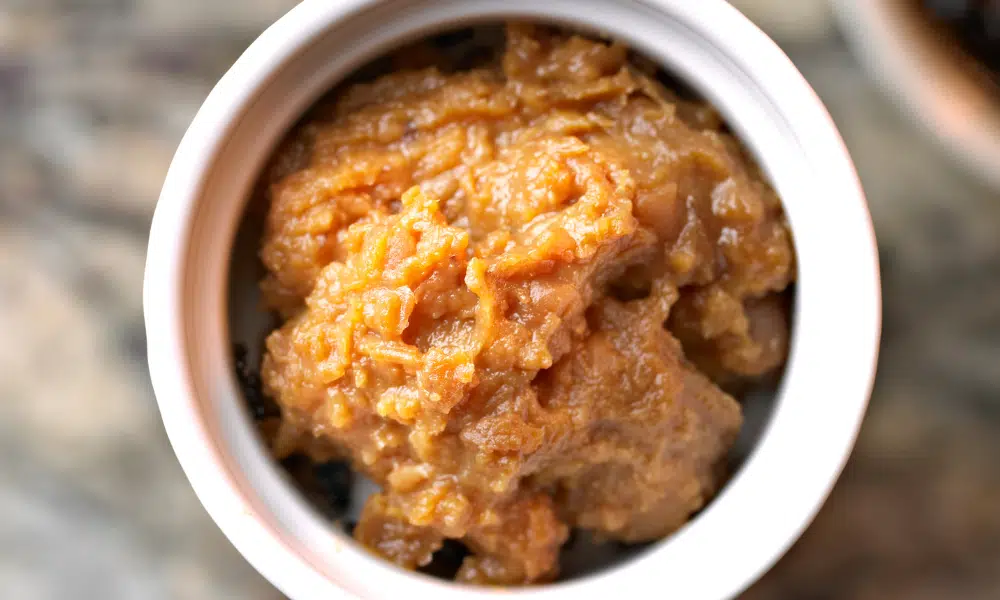
A combination of fermented soybeans, vinegar, and sesame oil makes for a very salty umami taste which would be overwhelming without other flavours. That is why garlic and some kind of sweetener (often honey or cane sugar) are used to offset the saltiness.
Many hoisin sauce brands will add chillies, though not enough to make the sauce overly spicy, only slightly smoky like BBQ sauce.
All those ingredients combined make for a robust sauce that is unique and full of flavour.
It is thick enough to be used as a condiment but is most often used for stir-fries or sweet-leaning side dishes. Most popularly, hoisin sauce is used as the perfect sauce to pair with Peking duck.
Despite hoisin being a derivative of the Chinese word for seafood, hoisin sauce does not include any fish or seafood. Historians think that once upon a time, hoisin may have included some kind of seafood for that umami taste. But modern-day hoisin sauce is suitable for vegetarians and vegans.
What is Teriyaki Sauce?
Despite being used across countless Japanese dishes, teriyaki sauce didn’t originate in Japan! Evidence suggests that teriyaki sauce actually has roots in Hawaii, on the other side of the world!
Though teriyaki sauce is also used in Hawaiian cuisine, it is mostly seen as an Asian sauce.
2 main ingredients are used for teriyaki’s base: Soy sauce and mirin, a rice wine found in Japan. This combination is what gives the sauce its umami hit with undeniable saltiness.
Traditionally, the only other ingredient added to teriyaki sauce is sugar, and lots of it. It is this high sugar content that balances out the saltiness of the soy sauce and mirin base.
However, the sugar does mean that the sauce is easy to burn when cooked at high heat for longer than a few minutes.
Because the sauce is so simple in its flavours and ingredients, it can be paired with endless dishes. From pork to tofu to fish, teriyaki sauce can be used as a marinade or (more commonly) as a glaze.
Some tend to be a little too generous with teriyaki sauce because of its simple combination, but those plain ingredients can overwhelm the rest of your dish if used in excess. That is why it is best to use teriyaki sauce in a dish served with bread or rice to soak up any spare sauce and make it easier to eat.
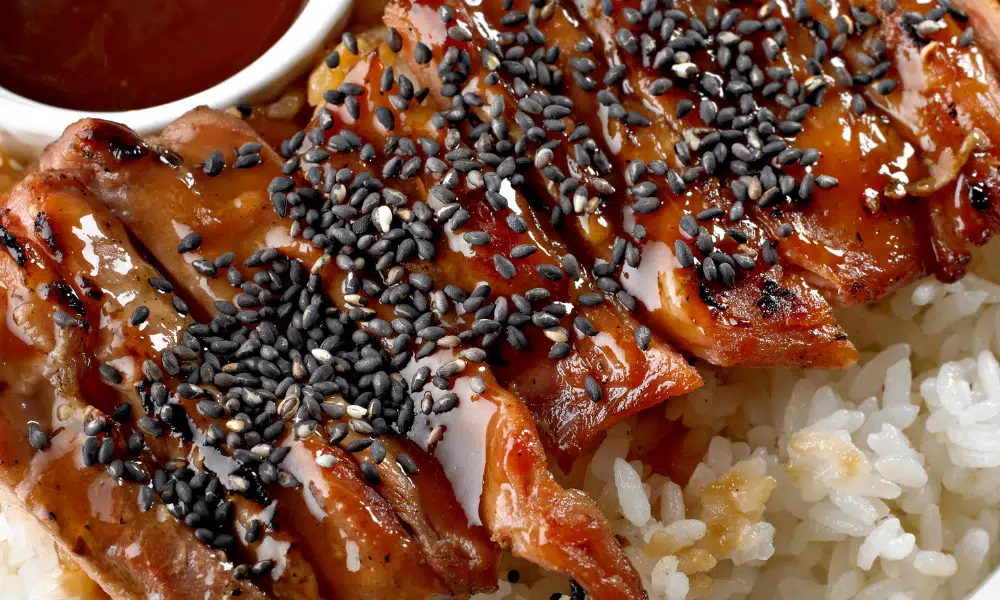
Differences Between Hoisin and Teriyaki
So why is it so easy to get hoisin and teriyaki sauce confused with each other? Here are some reasons:
- Soybean Base – In their own way, hoisin and teriyaki sauce use soybeans as their base ingredient. Hoisin sauce relies on soybean paste, while teriyaki sauce uses soy sauce. This provides them with similar base flavours.
- Primary Flavours – Though their levels of flavour may vary, hoisin and teriyaki having similar base ingredients mean they are both very salty with obvious umami hints. Both sauces have their own ways of adding sweetness to help balance the overwhelming salty umami flavours, making them sweet sauces.
- Shelf Life – Due to their soy base, hoisin and teriyaki sauce can last up to the same amount of time once opened. If you refrigerate the sauce bottle when it is opened, both sauces can last up to a year.
Similarities Between Hoisin and Teriyaki
Of course, some key differences between hoisin and teriyaki sauce stops them from being entirely substitutable for each other:
- Place Of Origin – Both hoisin and teriyaki sauce may be synonymous with a range of Asian dishes, but they both originate from different parts of the world. Hoisin sauce is a traditional Cantonese sauce, and teriyaki has roots in Hawaii. Even if some dispute the Hawaiian origin, teriyaki is more commonly used in Japan and hoisin in China or Vietnam.
- Levels Of Umami – Though soybeans are used as a base for hoisin and teriyaki, the fact that hoisin sauce uses fermented soybean paste means that its umami flavour is noticeably stronger. Teriyaki uses soy sauce which, while still full of umami, is not as impactful as paste and is further balanced out by the use of mirin.
- Sauce Thickness – Once again, the use of soybean paste means that hoisin sauce is extremely thick. Furthermore, there aren’t many extra ingredients used in the sauce to thin out the paste, resulting in a sticky, thick sauce. Teriyaki uses liquid ingredients as its base, so it is a very thin sauce with few added ingredients to make it thicker.
Hoisin vs Teriyaki: Which Wins?
They might be quite different, but they can often be put against each other as some of the most popular Asian sauces. But which wins in a hoisin vs teriyaki match up? Vote below:
Do You Prefer Hoisin or Teriyaki?
Hoisin and Teriyaki FAQs
Do you have other questions about hoisin, teriyaki and what makes them different? Then give these FAQs a read over:
No, swapping hoisin for teriyaki is not a good idea. They might both have soy bases and be Asian but that is where the similarities end. They have a different consistency and flavour from one another.
A spoonful of hoisin sauce can be added to stir-fries, noodles and rice dishes to give them an umami hit. Of course, it should also be used in duck pancakes!
Teriyaki sauce works best as a marinade or glaze for a range of meat and fish – especially chicken and salmon. Brush your food with the sauce then cook under a hot grill.
Acacia may be a freelance writer by day, but they are a food fanatic by night. They are always trying out new recipes or finding different ways to elevate classical dishes. But their biggest culinary aim is to educate others on the basics of the kitchen so that they too can enjoy delicious food.


